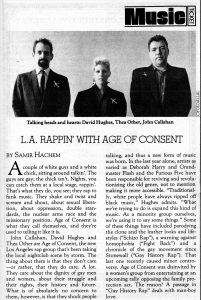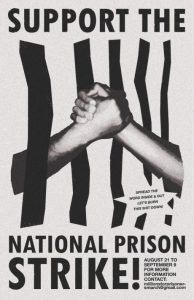I recently found I could stream films through Kanopy by way of my public library. The first film I watched was A Taste of Honey, Tony Richardson’s 1961 award winner set in Greater Manchester’s Salford. Jo, played by Rita Tushingham, the daughter of a libertine mother, Dora Bryan, moves out on her own after her mother remarries. While at home Jo has a fling with a ship’s cook Jimmy (Paul Danquah), who soon sails away slowly (if not into the sunset). At her shoe shop job she meets Geoffrey Ingham (Murray Melvin), a textile design student who’s been kicked out of his flat apparently for his own liaisons—with men—and thus Jo invites him to room with her. And room they have—it’s a top-floor studio apartment—but squalid, as only the black-and-white camera can capture, softened somewhat by Geoff’s student’s style.
I recall Tushingham from her less-free-spirit role of Dot a couple years later in The Leather Boys. And Melvin is instantly recognizable from Barry Lyndon (1975) as Rev. Samuel Runt, the “failed Rasputin” for Marisa Berenson’s Lady Lyndon. But what surprised me were two lines in A Taste of Honey uttered by Jimmy in response to Jo’s urge to “Dream of me” upon their second leave-taking. “Dreamt of you last night,” he says. “Fell out of bed twice.” The lines also appeared in the film’s forebear, Shelagh Delaney’s popular play by the same name. But music fans like me otherwise would remember these from the middle eight of the Smiths’ first song on LP, “Reel Around the Fountain.”
I dreamt about you last night
and I fell out of bed twice







 The
The 



